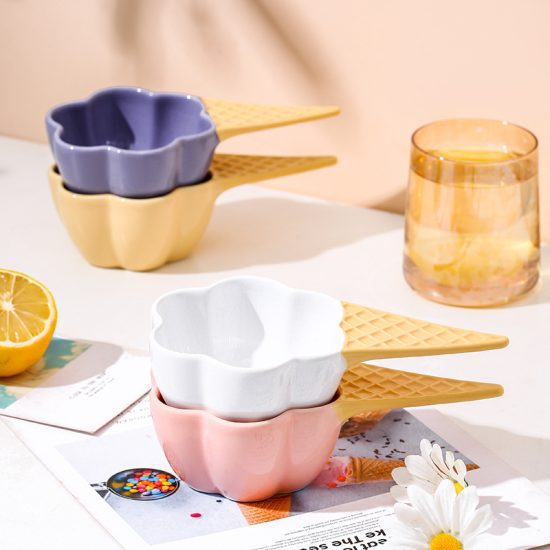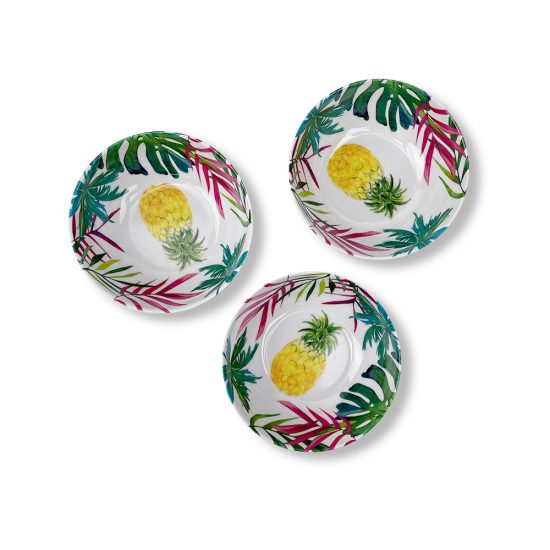Bowls come with various features that enhance their functionality, usability, and versatility. Here are some common features of bowls:
- Size and Capacity: Bowls are available in different sizes and capacities to accommodate various portion sizes and serving needs. They range from small bowls for individual servings or condiments to larger bowls for family-style meals or mixing ingredients.
- Material: Bowls can be made from different materials, each offering unique properties:
- Ceramic and Porcelain: Ceramic and porcelain bowls are popular for their durability, heat resistance, and aesthetic appeal. They provide excellent heat retention, making them suitable for both hot and cold foods.
- Glass: Glass bowls are transparent, allowing for easy visibility of the contents. They are often heat-resistant, versatile, and suitable for serving a variety of dishes.
- Stainless Steel: Stainless steel bowls are known for their durability, resistance to corrosion, and easy maintenance. They are lightweight, non-reactive, and commonly used in professional kitchens.
- Plastic: Plastic bowls are lightweight, unbreakable, and easy to clean. They are often used for outdoor dining, picnics, or children’s meals due to their durability and safety.
- Shape and Design: Bowls come in different shapes and designs to cater to various culinary needs and aesthetic preferences. Common shapes include round, square, oval, or asymmetrical. The design may feature a smooth and minimalist look or include decorative patterns, textures, or colors.
- Rim and Depth: The rim of a bowl can vary in thickness and shape. Some bowls have a wide and flat rim, which provides a convenient grip and allows for easy pouring. Others may have a narrower or flared rim, adding an elegant touch to the design. The depth of the bowl can also vary, with deeper bowls suitable for holding liquid-based dishes, while shallower bowls are often used for salads or side dishes.
- Non-Slip Base: Many bowls feature a non-slip base, which helps to keep the bowl stable and prevents it from sliding or tipping during use. This is particularly useful when mixing ingredients or when using the bowl on smooth surfaces.
- Microwave and Dishwasher Safe: Some bowls are designed to be microwave and dishwasher safe, allowing for convenient heating or reheating of food and easy cleaning. This feature adds convenience and saves time in the kitchen.
- Nesting and Stackability: Some bowls are designed to nest or stack together, which makes storage more efficient and saves space in cabinets or drawers. Nesting bowls fit inside one another, while stackable bowls can be stacked vertically.
- Versatility: Bowls are versatile kitchen tools that can be used for various purposes, such as serving, mixing, storing, or marinating food. They are suitable for a wide range of dishes, including soups, salads, pasta, cereal, desserts, and snacks.
The specific features of a bowl may vary depending on the manufacturer, brand, and intended use. Considering these features allows individuals to choose bowls that best suit their culinary needs, personal preferences, and the overall style of their kitchen or dining area.


